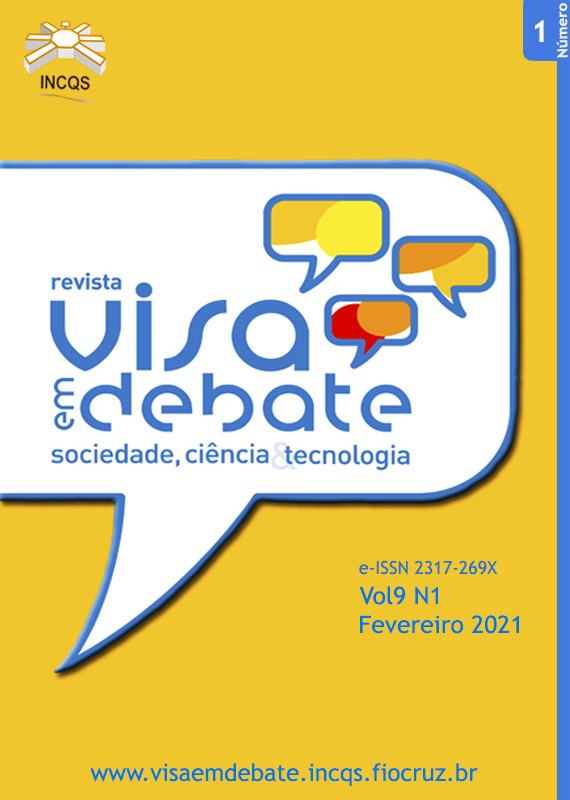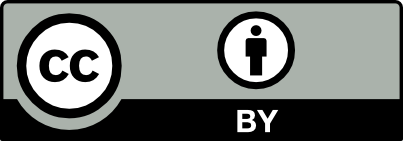Laboratory evaluation and quality assurance of drugs distributed in the public health system of São Paulo cities: the enalapril maleate case
DOI:
https://doi.org/10.22239/2317-269x.01407Keywords:
Health Surveillance; Drug Monitoring; Quality Control; Public Health Laboratory Services; EnalaprilAbstract
Introduction: Drug quality monitoring and laboratory investigation of product complaints associated to suspicion of quality deviation are essential actions for the health surveillance activity. Objective: To evaluate the physicochemical quality of samples of enalapril maleate tablets from a Drug Quality Monitoring Program and from product complaints in São Paulo cities. Method: The samples were composed by six batches of tablets from the Monitoring Program and four batches from the product complaints, collected in 2013 and from 2013 to 2016, respectively. The aspect of the product, weight determination, identification and potency of the active substance, uniformity of dosage units and dissolution tests were performed. Results: Regarding the Monitoring Program, enalapril potency ranged from 91.3% to 94.5%, while the uniformity of dosage units varied between 7.7 and 14.6. All dissolution results were above 85.7%. For the complaints samples, enalapril potency ranged between 91.8% and 100.3%. The uniformity test varied from 9.5 to 10.0, and the lowest value found for the dissolution test was 95.3%. One of the samples was found to contain foreign matter accompanying the tablets. Conclusions: All samples from the Monitoring Program fulfilled the requirements according to the established quality standards, while one of the samples from the complaints was considered unsatisfactory due to an aspect nonconformity. A greater number of Monitoring Programs along with an incentive for health professionals to report product problems should be promoted in order to strengthen pharmacovigilance actions in the country.
Downloads
Downloads
Published
Issue
Section
License
Copyright (c) 2021 Health Surveillance under Debate: Society, Science & Technology (Vigilância Sanitária em Debate: Sociedade, Ciência & Tecnología) – “Visa em Debate”

This work is licensed under a Creative Commons Attribution-NonCommercial 4.0 International License.
COPYRIGHT ALLOWANCE The author (s) hereinafter designated as the ASSIGNOR hereby assign and transfer, free of charge, the ownership of the copyrights related to this ARTICLE to the Vigilância Sanitária em Debate: Sociedade, Ciência & Tecnologia (Health Surveillance under Debate: Society, Science & Technology) – Visa em Debate, represented by FUNDAÇÃO OSWALDO CRUZ, established at Av. Brasil, nº 4365, Manguinhos, Rio de Janeiro, RJ, Brazil, CEP 21045-900, under the conditions set out below: (a) The terms and conditions set forth in this Agreement shall apply to the following: 1. The ASSIGNOR declares that they s(he) is (are) the author (s) and owner (s) of the copyrighted property of the ARTICLE submitted. 2. The ASSIGNOR declares that the ARTICLE does not infringe the copyrights and / or other property rights of third parties, that the disclosure of images (if any) has been authorized and that they s(he) assume(s) full moral and / or property liability for its content, before third parties. 3. THE ASSIGNOR assigns and transfers all copyrights relating to the ARTICLE to the ASSIGNEE, especially the rights of editing, publication, translation into another language and reproduction by any process or technique. The ASSIGNEE becomes the exclusive owner of the rights related to the ARTICLE, and any reproduction, totally or partially, is prohibited in any other means of publicity, printed or electronic, without prior written authorization from the ASSIGNEE. 4. The assignment is free and, therefore, there will be no remuneration for the use of the ARTICLE by the ASSIGNEE.







